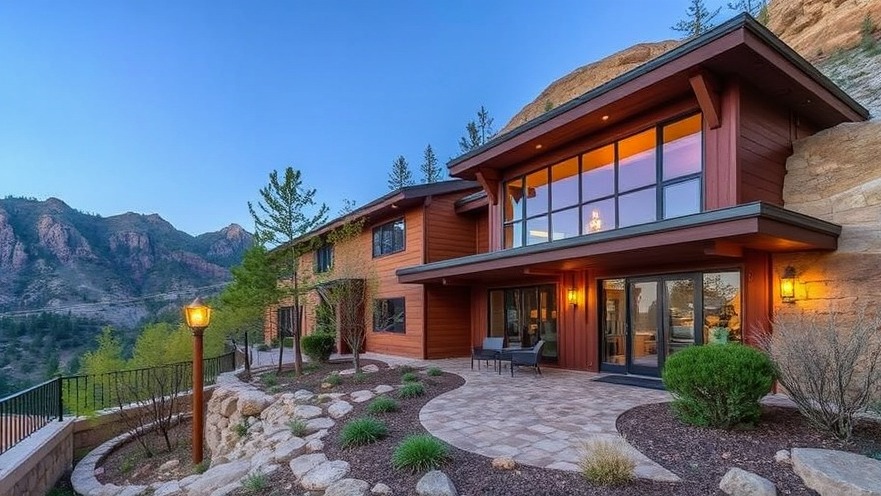
Reimagining Richard Neutra's Design Legacy
The Rustic Canyon Residence in Pacific Palisades not only pays homage to the architectural legacy of Richard Neutra—a pioneer of modernist design—but also reinvents his vision to suit contemporary living needs. The collaboration between Assembledge+ and Jamie Bush + Co presents an enticing case for digital nomads who value both aesthetics and functionality in their workspaces.
The Appeal of Natural Materials for Modern Spaces
This modern residence employs natural materials like wood cladding, brick, and cork, creating warm and inviting interior spaces. Digital nomads often thrive in environments that inspire creativity and productivity; thus, incorporating organic elements helps create a harmonious workspace. As stated by Jamie Bush, the aim was to blend the built environment with the natural backdrop of Rustic Canyon—an approach that resonates well with the remote working ethos that leans heavily into wellness and productivity.
Functional Outdoor Connections: A New Workspace Paradigm
A unique aspect of the Rustic Canyon Residence is its design focus on outdoor connectivity. The structure features multiple terraces and patios that integrate living and working areas with the surrounding landscape. For digital nomads, this outdoor connectivity could foster a more vibrant working atmosphere, often transforming dull tasks into refreshing experiences. Incorporating elements of nature, such as fresh air and natural light, can significantly enhance focus and mental well-being, crucial factors for sustained productivity.
Creating Efficient Workspaces That Inspire
The residence's layout is a testament to efficient use of space. With an L-shaped configuration, ample windows, and expansive patios, it allows natural light to flood into work areas, promoting a healthy work environment. For those working remotely, such architectural decisions highlight the importance of ergonomics and space planning. A well-designed workspace—like the Rustic Canyon Residence—can significantly improve both mental and physical wellness, leading to better work-life balance.
The Essence of Organic Modernism
In creating an inviting aesthetic, the residence emphasizes organic modernism—one that not only values clean lines and functional spaces but also celebrates an emotional connection to nature. For those engaged in remote work, understanding this philosophy can lead to better choices in home office design. Selecting furnishings and layouts that reflect this ethos can help create environments that nurture motivation, creativity, and mental clarity.
Future Trends in Remote Workspace Design
Looking toward the future, trends in workspace design are reshaping how we think about our work environments. The Rustic Canyon Residence stands as a model for a new wave of designs that prioritize well-being, sustainability, and connectivity. With digital nomadism on the rise, such architectural examples underscore the necessity of creating spaces that are not just functional but also enriching. As we evolve in our workspace needs, the classic principles employed in Neutra's designs call for a revival.
In conclusion, the Rustic Canyon Residence exemplifies how blending history with contemporary needs can foster inspiring and productive environments, especially for digital nomads. As we consider the fusion of work and life at home, it's crucial to take inspiration from architectural innovations that prioritize wellness and connection to nature.
For remote workers, it may be time to reevaluate your workspace. Consider integrating natural elements, optimizing your layout for functionality, and infusing your home office with inspiring design. These elements can significantly enhance your remote working experience, making it both efficient and enjoyable.
 Add Row
Add Row  Add
Add 




Write A Comment